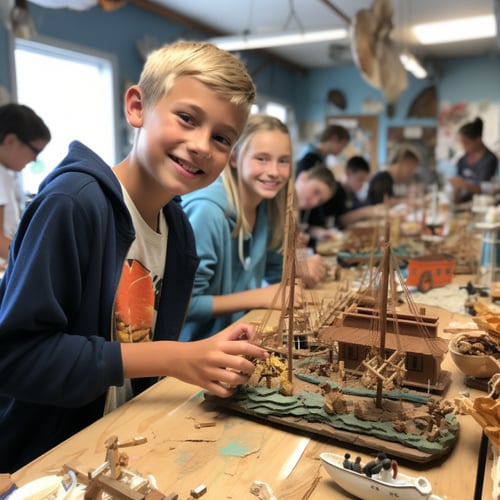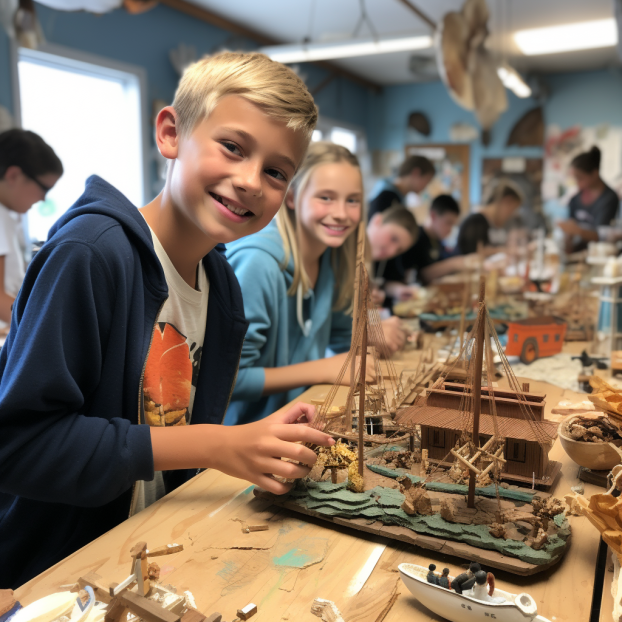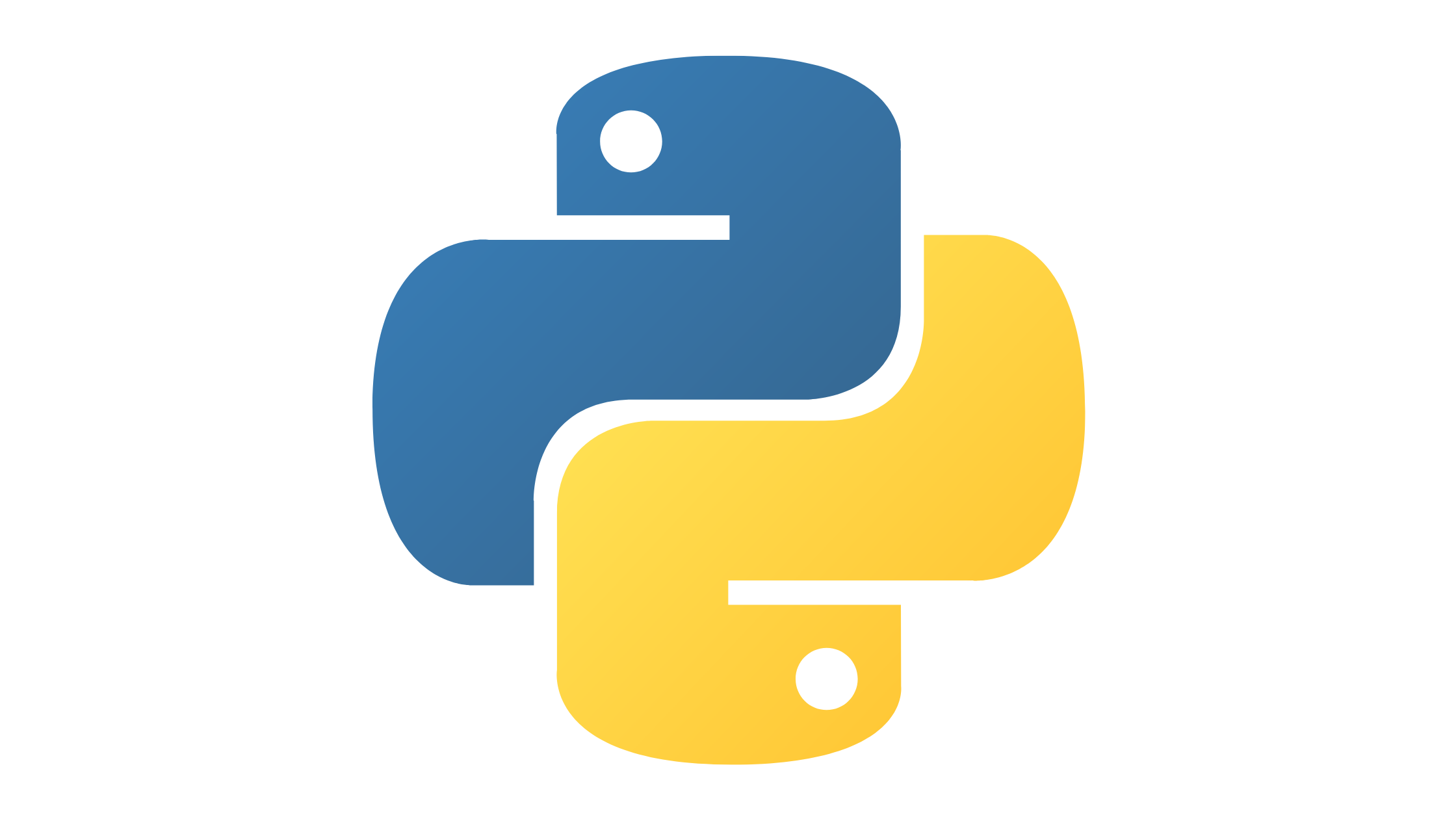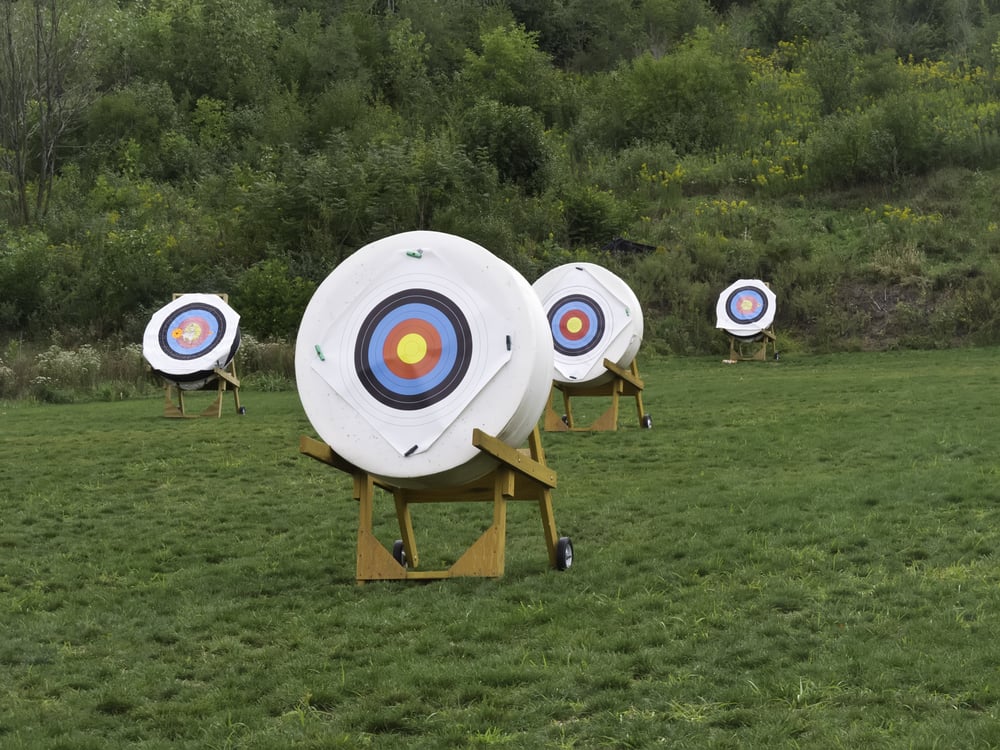Enrichment activities play an essential role in a child's education, fostering creativity, curiosity, and critical thinking skills. Particularly, after-school enrichment activities provide students with the opportunity to broaden their horizons beyond traditional classroom walls, acquire new hobbies, and build life-enhancing skills. Let's delve deeper into the world of enrichment activities for middle school and elementary students, highlighting unique options like sewing and arts & crafts, and providing tips on how to effectively implement these transformative experiences.

Enrichment Activities: An Overview
At their core, enrichment activities are tasks or experiences designed to supplement traditional academic instruction. They offer students the chance to engage in inventive, hands-on learning that extends beyond their regular curriculum, paving the way for personal growth, problem-solving, and collaboration. Participation in these activities can significantly boost students' self-esteem, resilience, and adaptability, making them key components of a holistic education.
Enrichment Activities For Middle School Students
-
Robotics and Coding: These STEM enrichment activities give students the chance to explore programming logic, user experience, and teamwork while bringing their own creations to life.
-
Debate Club: Joining a debate club is a surefire way to build public speaking, critical thinking, and research skills within a competitive and engaging environment.
-
Creative Writing: Creative writing workshops provide students an outlet to express themselves creatively while enhancing their storytelling, grammar, and editing skills.
Each activity provides unique value in a way that the traditional curriculum may not, and implementing them can bring a realm of benefits to both educators and students.
Enrichment Activities For Elementary Students
-
Nature Exploration: Elementary students can learn about the world around them first-hand, asking questions about plants, animals, and ecosystems.
-
Yoga and Mindfulness: The basics of yoga and meditation can promote physical and emotional well-being, reduce stress, and improve attention and focus.
-
Foreign Language Lessons: Introducing students to new languages and cultures offers a world of opportunities to practice conversation and language games.
Sewing as an Enrichment Activity
An often overlooked yet highly beneficial enrichment activity is sewing. Not only does this craft teach crucial motor and problem-solving skills, but it also paves the way for students to express their creativity and patience. Varying sewing projects can be tailored to diverse age groups and difficulty levels, ensuring students are constantly challenged and engaged.
Arts & Crafts Enrichment Activities
Unleashing students’ creativity through arts & crafts provides endless opportunities for self-expression, fine motor skill development, and encourages a hands-on learning approach. A few innovative crafts include:
-
Collaborative Mural: This project encourages teamwork and creativity, leading students to create a large-scale mural based on a thematic scene.
-
Sculpting: Creating sculptures using clay, foam, or paper-mâché can boost patience, attention to detail, and accomplishment.
-
Recycled Art: Foster sustainability and resourcefulness by encouraging students to create art from repurposed everyday items.
General Examples Of Enrichment Activities
-
Cooking and Baking: Students can explore new cuisines, learn valuable life skills, and foster a deeper appreciation of food and flavors.
-
Book Clubs: Critical thinking, reading comprehension, and social interaction can be fostered through shared book discussions.
-
Performing Arts: Drama, dance, and music activities help students explore their creative side, build confidence, and improve teamwork.

Harnessing After-School Hours
Optimizing after-school hours to encourage enrichment provides an ample space for students to enhance their skills, foster a sense of community, and proficiently utilize their energy outside of academic work. The ultimate goal of these after-school enrichment activities is not only to engage students but also to help them discover their passions and foster well-rounded skills that last a lifetime.
Practical Implementation
Implementing an enrichment program comprises several steps:
-
Assess the needs and interests of your students.
-
Define clear objectives for the program.
-
Develop a detailed curriculum with lesson plans.
-
Ready resources, including materials, tools, and space.
-
Decide on a budget and explore possible funding options.
-
Bring on board experienced and passionate staff or volunteers.
-
Market the program to students, parents, and the broader community.
Enrichment activities are a key aspect of a child's academic, social, and emotional growth. They help students cultivate diverse interests, gain essential life skills, and encourage personal development. By incorporating various activities, such as sewing and arts & crafts, educators can foster well-rounded learners poised to tackle the world with confidence and creativity.
Read more about Enrichment Activities For Kids



